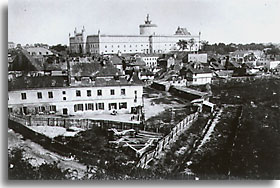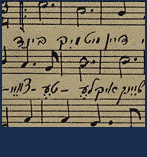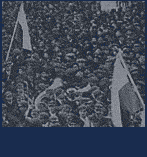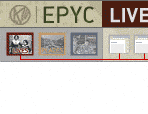

History and Settlement
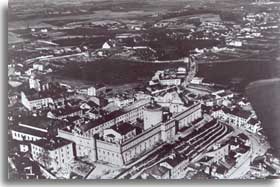

Though a small and secondary city today, Lublin was once a great center of Polish Jewry and functioned for a time as the industrial capital of Poland. Its rich history belies its current size and character. The variety within its former Jewish community provides a microcosm of Polish-Jewish culture during the last centuries.
Founded during the 9th century as a fortified royal outpost situated along the busy trade routes of eastern Poland, Lublin's centrality made it a hub for provincial and foreign traders, who arrived at its renowned market days with an impressive variety of goods, including produce, spices, silk, horses, oxen, fur, leather, iron, steel, and wagons. As Lublin grew into a proper town, its teeming streets were distinguished by the variety of products and trade: tailors, furriers, brewers, bakers, artisans, shoemakers, grocers. As elsewhere, Jewish merchants and artisans were bitterly opposed by Polish guilds that rivalry continued until 1805, when the two groups joined together into unified guilds. In addition to being a royal city and an economic hub, Lublin was once also the center of Jewish self-government in Poland - the seat of the Council of Four Lands  (Vaad d'arba Artzot
(Vaad d'arba Artzot  in Hebrew) - the Jewish bureaucracy charged with overseeing all of the kehillot of Poland's Jewish communities.
in Hebrew) - the Jewish bureaucracy charged with overseeing all of the kehillot of Poland's Jewish communities.
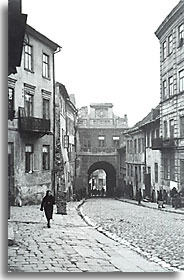

Jews had first arrived in Lublin during the 14th century in response to an official invitation from King Casimir (Kazmierz), who sought the economic experience and ideas of Germans and Jews for his emerging stronghold. As in other cities, the Jews of Lublin were restricted to living in specific areas outside of the original city called Piaski Zydowskie (Jewish Sands). In the 16th century, Jews were allowed to settle at the foot of the castle and they established the new Jewish quarter called Podzamcze. Lublin's core Jewish community flowered in Podzamcze, and was initially focused around Szeroka Street (Broad Street), with its diverse array of institutions, offices, and synagogues. In modern times, the main thoroughfare became Lubartovska Street, a busy boulevard of Jewish shops both large and small. At the time of World War II, Podzamcze's "Jewish City" within the city had been developing for almost 400 years and it still was the heart of the community for Lublin's 400,000 Jews (just under one-third of the city's population).





